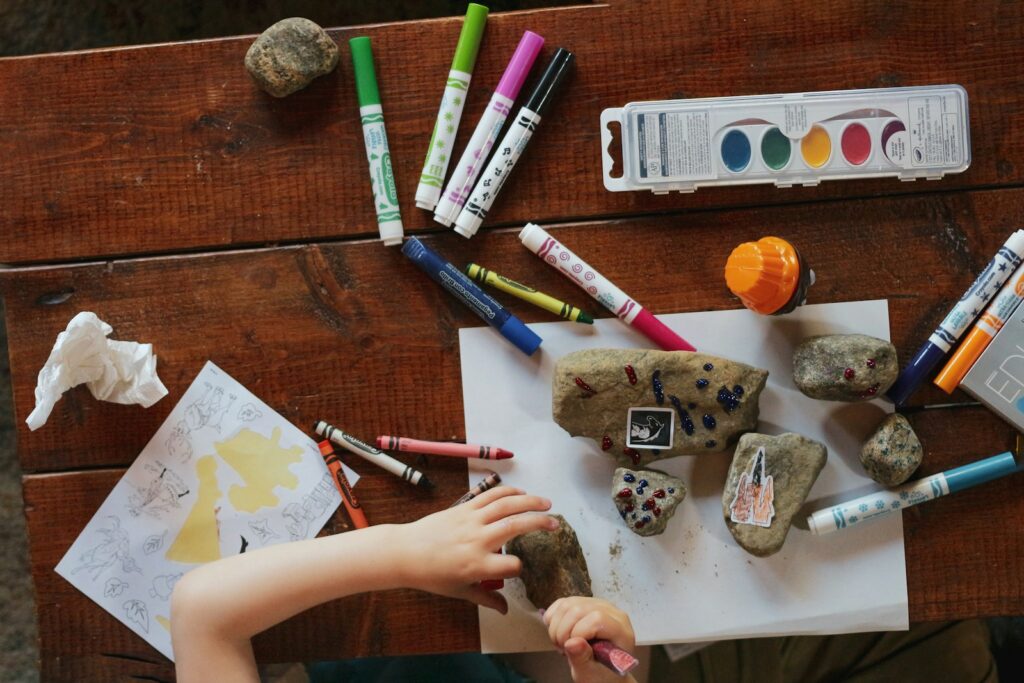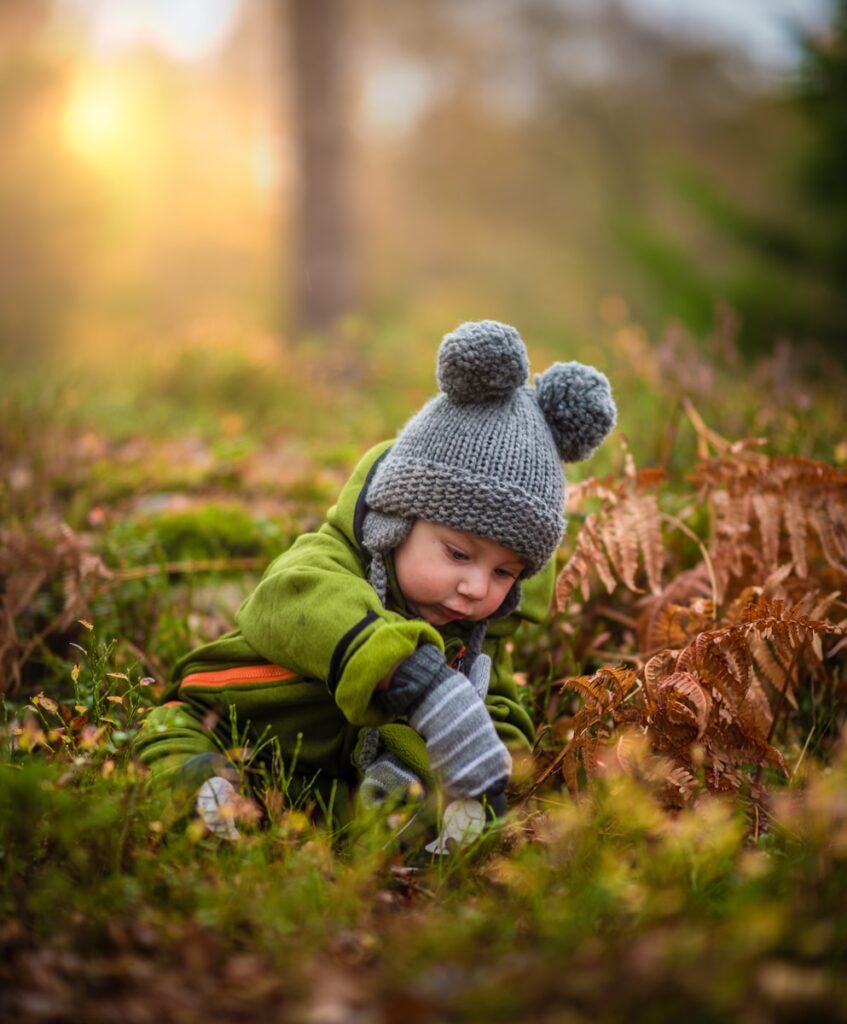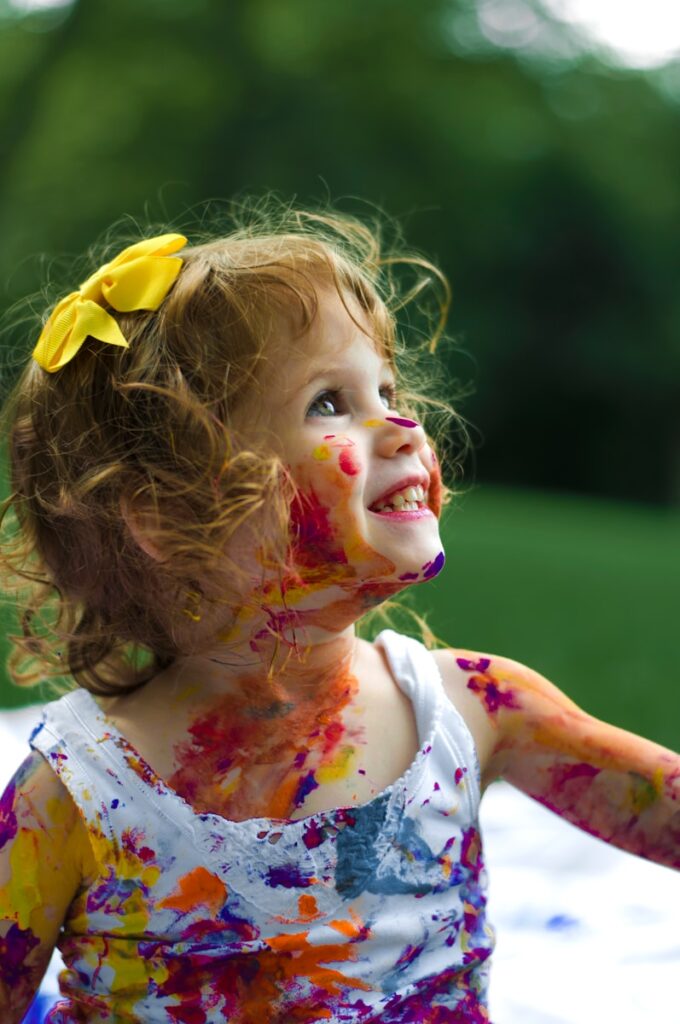Homeschool Ideas for Kindergarten: Effective Learning Activities for Young Minds
Starting homeschool kindergarten is a big step. Exciting, a bit nerve-wracking, and honestly, sometimes you wonder if you’re doing enough. The best homeschool kindergarten days blend just enough structure with loads of play and activities that actually spark your kid’s curiosity. Whether you’re catching tadpoles, painting letters with a brush, or just wandering outside, so much learning happens naturally when you follow your child’s lead.
A loose daily rhythm is your friend. Most families kick things off with breakfast and a few chores, then shift into short learning bursts for basics like phonics, reading, or math. Afternoons are sometimes best for free play, art messes, or just heading outdoors. Little ones really do best with short sessions, think 15-20 minutes, before moving on to something else.
Foundations of Homeschooling Kindergarten
Homeschooling in kindergarten is all about laying the groundwork. You want to set your child up for success, but that doesn’t mean you need to recreate a classroom at home. The right mix of curriculum, routine, and understanding your child’s limits will help you find your groove.
Choosing a Homeschool Kindergarten Curriculum
Picking a curriculum? Start by thinking about how your child learns and what you’re comfortable teaching. A lot of parents find play-based learning works wonders, reading together, exploring early math, and doing things with their hands.
You’ve got options:
- Charlotte Mason: Living books and lots of nature study
- Montessori: Self-paced, hands-on materials
- Traditional: Structured lessons in reading, writing, and math
- Eclectic: Mixing it up, borrowing what works for your child
You don’t have to spend much. Letter magnets, counting bears, and a basket of good picture books can go a long way. Don’t forget your library card. Let your child pick books that catch their eye and watch their excitement grow.
Creating a Homeschool Schedule for Young Learners
Keep your schedule simple and flexible. Most families find 1-2 hours of focused learning is more than enough for this age.
A basic daily flow might look like:
Morning:
- 20 minutes: Reading or phonics
- 15 minutes: Handwriting (think tracing or drawing)
- 15 minutes: Math games or counting
Afternoon:
- Art, crafts, or easy science
- Outdoor play
- Read-aloud time
Take lots of breaks. Don’t stress if you don’t get to everything. Young kids learn all day long, not just during “school.” Routines can help, but don’t be afraid to shake things up if your child needs it.
Balancing Attention Span and Learning Activities
Most 5- or 6-year-olds can only focus for about 10-15 minutes at a time. Plan for short bursts and lots of variety.

Try this:
- Break things up: Short, focused activities beat long, drawn-out lessons
- Switch between sitting and moving: Alternate desk work with something active
- Use all the senses: Let your child see, touch, and hear what they’re learning
If your child starts fidgeting, zoning out, or getting cranky, it’s time for a change of pace or a quick break.
Learning isn’t just “school time.” Cooking together? That’s math. Nature walks? Science. Just chatting? That’s language arts, believe it or not.
Engaging Core Subjects for Kindergarten
Core subjects are the building blocks. If you make them interactive and fun, your child will pick up skills almost without noticing.
Phonics, Reading, and Language Arts Ideas
Start with letter recognition. Magnetic letters or puzzles work great. These tools help kids connect letters to sounds.
If you want structure, “Teach Your Child to Read in 100 Easy Lessons” is a popular pick. It breaks reading down into small, doable chunks.
Read aloud every day. Choose picture books your child loves. It’s the easiest way to build vocabulary and listening skills.
Writing doesn’t have to mean pencil and paper. Try sidewalk chalk, finger paint, or tracing letters in a tray of sand. It’s all good practice for those little hands.
Put up a word wall with a few sight words. Add a couple each week and play games to review, memory, word hunts, whatever keeps it fun.
Fun and Creative Math Activities
Counting books and songs are awesome for building number sense. “Ten Black Dots” or “Five Little Monkeys” are classics.
Math manipulatives, blocks, buttons, toy cars, make concepts like addition or grouping easy to see and touch.
Board games that involve counting spaces or numbers are sneaky math lessons. “Sum Swamp” and even “Chutes and Ladders” can teach a lot.
Baking together? That’s fractions, measuring, and step-by-step thinking.
Make patterns with colored blocks, beads, or stickers. Start simple and let your child lead as they get the hang of it.
Introducing Science Through Hands-On Learning
Try a nature journal. your child can draw what they see outside or track the weather. It’s science, but it feels like art.
Plant seeds in clear cups and watch the roots grow. Kids love checking on them every day.
Do simple water experiments. See what floats or sinks, or mix colors. No need to get fancy.
Collect leaves or rocks and look at them with a magnifying glass. It’s a tiny adventure every time.
Set up a little science corner with interesting things to touch and explore. Swap out objects now and then to keep it fresh.

Incorporating Social Studies and History
Family history is a great place to start. Look at old photos and tell stories about relatives. It helps kids grasp the idea of time.
Introduce other cultures with picture books, music, food, or crafts. It’s a fun way to see how big and interesting the world is.
Use simple maps, your house, your street, your town. Label things your child recognizes.
If you can, visit local museums or historical spots. Even a short trip can spark questions and curiosity.
Make a timeline with photos or drawings to show what happened first, next, and last.
Creative and Enrichment Homeschool Ideas
Kindergarten should be full of discovery. Creative activities build fine motor skills and make memories that last.
Art Projects to Inspire Creativity
Art is about expression, not perfection. Set up a spot with crayons, markers, scissors, and paper, nothing fancy needed.
Try:
- Finger painting with safe paints
- Making collages from magazine clippings
- Watercolors with a sprinkle of salt for texture
- Nature art using leaves and sticks
Hang up their artwork. It shows you care and boosts confidence.
Developing Handwriting and Fine Motor Skills
Handwriting comes slowly and that’s okay. Before focusing on perfect letters, build up those hand muscles:
- Roll and cut playdough
- String big beads onto pipe cleaners
- Sort small objects with tweezers
- Trace shapes in a tray of salt
When your child’s ready, move to:
- Tracing letters in sand or shaving cream
- Dot-to-dot pages
- Big, chunky pencils

Keep it short. 5 to 10 minutes is plenty. Cheer on progress, not perfection.
Storytime, Chapter Books, and Audiobooks
Reading aloud is probably the best thing you can do. Make it a daily habit, even if it’s just one book before bed.
Set up a cozy corner with pillows and good light. Visit the library often. Let your child pick their own books sometimes.
Audiobooks are great for quiet time or car rides. They build listening skills and vocabulary too.
Keep a reading log. Maybe your child draws a picture for each story you finish together.
Practical Tips and Everyday Homeschool Activities
Homeschooling gets easier when you weave learning into daily life. These small things matter more than you might think.
Field Trips and Exploring the Local Library
Field trips don’t have to be a big production. A walk in the park, a visit to a small museum, or even a trip to the farmers market can spark curiosity.
Your library is a treasure trove. Many have weekly story times, crafts, or even educational kits and games to borrow. Get to know your children’s librarian. They’re usually happy to help you find great books or resources.
Set a regular library day if you can. It gives your child something to look forward to and keeps fresh books in rotation.
Fun with Breakfast and Lunch Routines
Mealtimes are a natural time to sneak in learning. Count napkins as you set the table, talk about colors on your plate, or make sandwiches shaped like the letter of the week.
Let your child help prep meals, spreading, pouring, tearing lettuce. It’s great for following directions and fine motor skills.
Chat about your day or what you’re learning. Open-ended questions can lead to some surprisingly thoughtful answers.
Connecting Preschool and Kindergarten Learning
If your child went to preschool, keep using familiar routines like morning circle or learning stations. It helps them feel at home.
If not, mix preschool basics with new kindergarten skills. Sorting, cutting, and patterning are all still valuable.
Keep it playful. Use blocks, chalk, or puppets to bridge the gap between preschool play and kindergarten goals.
A visual schedule with pictures can help kids know what’s coming next and encourage independence. Mix up learning and play throughout your day.
Frequently Asked Questions
Parents have lots of questions about homeschooling kindergartners. Here are some answers to the most common ones.
What are some engaging activities to include in a kindergarten homeschool curriculum?
Nature walks are fantastic. Let your child collect leaves or rocks and talk about what they see. It’s simple science and gets everyone outside.
Cooking together is another favorite. Measuring and counting ingredients sneaks in math and helps with coordination.
Sensory bins with rice, beans, or water are a hit. Add scoops, cups, and little toys for extra fun.
Art projects with clay, paint, or just paper and crayons build creativity and those small muscles needed for writing.
Board games like Candy Land or matching games teach turn-taking, counting, and rule-following. Plus, they’re just fun.
How can I create a balanced daily schedule for homeschooling my kindergartener?
Keep it loose. Young kids thrive on routine, but too much structure can backfire.
Aim for 45-90 minutes of focused learning, split into 15-20 minute chunks. That’s really all most kids need.
Mix in movement breaks, dance, stretch, or just run around outside. It helps reset their focus.
Balance “school” with lots of play. That’s how kids this age learn best.
Try to do the most important stuff when your child is most alert, often mornings, but follow their natural rhythm.
Can you recommend any free resources for teaching kindergarten subjects at home?
Your library is the best free resource, books, DVDs, story times, and sometimes even learning kits.
Khan Academy Kids is a free app with games and activities for math, reading, and more.
PBS Kids has educational games and videos about letters, numbers, science, and social skills.
YouTube channels like Jack Hartmann, Cosmic Kids Yoga, and The Learning Station have songs, movement, and lessons perfect for young learners.
How do I incorporate hands-on learning into my kindergartener’s homeschool experience?
Try using things like buttons, little toys, or blocks for math. Kids get a much better feel for counting, patterns, and simple math when they can actually touch and move stuff around.
Set up a few little learning spots at home. Maybe a science corner, a cozy reading nook, or a spot for art projects. Let your child wander and pick what sparks their curiosity.
Field trips are exciting. Head to parks, museums, the grocery store, or even a local event. Kids soak up new words and ideas just by being out in the world.
Planting a mini garden or even just growing a seed in a cup can turn into a science lesson. There’s something special about watching a plant grow, and it sneaks in lessons about responsibility and observation, too.
Get moving! Hop while counting, trace letters in the air with your arms, or act out stories together. Movement really helps some kids latch onto new ideas.